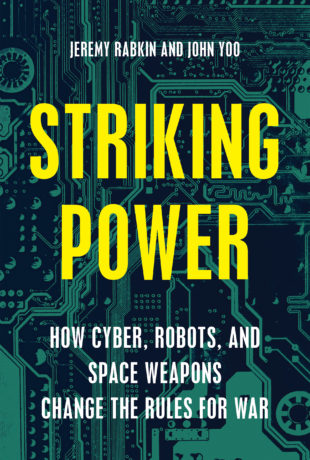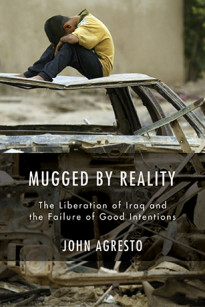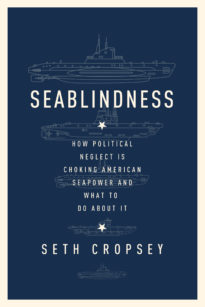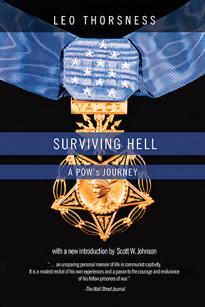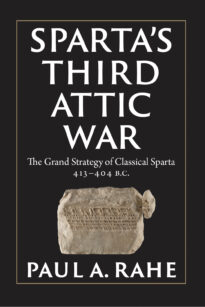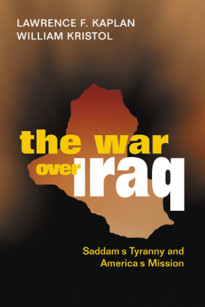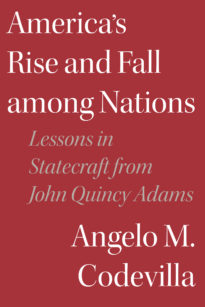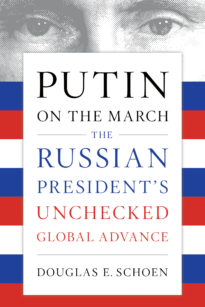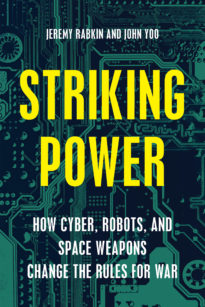Economists call it “creative destruction.” Robots are replacing factory workers. Online news sites are displacing newspapers. Passengers are abandoning taxis and summoning part-time drivers with cell phones. Household appliances and security systems are operating on home networks.
New technologies are having an impact beyond the workplace and household. Presidents George W. Bush and Barack Obama, for example, ordered robots to kill individuals with precision-guided missiles from the sky. The military’s unmanned aerial vehicles (UAVs) are leading the way for technological innovations in war. The same high-speed computer systems can accelerate financial markets or disrupt national economies. Robotics and precision mapping can automate transportation, even passenger cars. They can also control pilotless aircraft that strike specific buildings or even particular individuals. The same technologies that can assemble and deliver a book, a piece of furniture, or a sophisticated appliance to a customer within days are also enhancing military “productivity,” which means fewer soldiers are needed to kill or incapacitate more of the enemy at lower cost.
Technologies often transcend their original purpose. The cell phone initially freed people to make voice calls without the physical tether of telephone wires. Engineers next added cameras and data communications to the handheld phone. Users could now record and send pictures of controversial police actions, repressive crowd-control measures, or riots. Phones can now distribute these pictures to millions of strangers, before a journalist on the scene could write an eyewitness account. Users can also receive, as well as transmit, a stream of text, data, and information that is rearranging social relationships, consumer activity, travel, and entertainment. A world that is wired allows a vastly wider and more consequential range of communication than telephone calls.
So it is with war. Instead of ending armed conflict, technological advances have expanded it. World War II came to an abrupt end shortly after the United States dropped two atomic bombs on Japan. Many concluded that science had created a weapon so devastating, rational statecraft could never use war as a tool again. “Military alliances, balances of power, Leagues of Nations, all in turn failed, leaving the only path to be by way of the crucible of war. The utter destructiveness of war now blocks out this alternative,” said even General Douglas MacArthur, no pacifist he, on the deck of the USS Missouri during the Japanese surrender. “We have had our last chance. If we will not devise some greater and more equitable system, Armageddon will be at our door.” Surely the United Nations would ensure that nations never again looked to settle their differences by resorting to war. It was not to be. Responding to those who hoped that the end of the monarchy spelled the end of tyranny, Edmund Burke warned: “Wickedness is a little more inventive.” So it has proven in the decades after 1945. The major powers have not waged an all-out conflict, thanks, perhaps, to the very awfulness of the nuclear weapons that ended the last one. But, in the meantime, smaller armed conflicts and civil wars have together taken millions of lives.
During the Cold War, many of these conflicts were viewed as “proxy wars.” In the 1950s, the United States led an international action against North Korea’s invasion of South Korea, because the Soviet Union and then Communist China supported Pyongyang. Starting in the early 1960s, the United States began committing troops to defend South Vietnam from North Vietnamese infiltration on the same theory. In the 1980s, the United States supported Afghan guerillas resisting the Soviet-backed government. Proxy wars allowed the great powers to continue their competition, but at less risk of nuclear war.
Even as the Cold War thawed, conflicts continued to break out. In 1991, the United States and its allies mobilized 600,000 troops to drive Saddam Hussein’s forces from Kuwait. By 2003, another American-led coalition toppled Saddam’s regime in Baghdad with a little over a third of that force. In 2001, an even smaller fraction of that force, working with local insurgents, removed the Taliban from power in Afghanistan. In 2010, the United States, Britain, and France helped overthrow Libyan dictator Muammar Gaddafi without any ground troops at all, simply by providing focused air support to Libyan rebel forces. This was the same strategy that NATO had used a decade earlier, when it ran an intense bombing campaign to stop Serbian dictator Slobodan Milosevic’s ethnic cleansing in Kosovo.
Most of these interventions did not produce permanent peace. Air attacks cannot control territory. Yet nations may still want to deploy force, whether for self-defense, to defend allies, to prevent human rights catastrophes, or to gain some tangible advantage. After almost two decades of inconclusive war in the Middle East, however, pessimists say that western states confront a choice between committing massive ground forces or standing on the sidelines. Smaller conventional forces have met with frustration in achieving the aims of strategy.
New technologies promise an alternative. Robotics, cyber, and space weapons can reduce the size of ground forces needed to wage war. They can withdraw human soldiers from the battlefield while making attacks more precise and deadly. They can allow nations to coerce each other without inflicting the same level of casualties and destruction as in the past. They can reach far beyond borders to pick out terrorists or selectively destroy WMD sites. They can reduce the costs that discourage western nations from stopping humanitarian disasters or civil wars. While armed conflict will continue as a feature of the human condition, it might now come at lower cost, for a shorter time, and with less violence.
